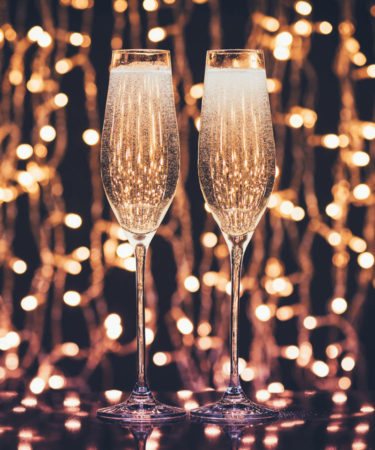Send questions to: [email protected].
What’s the best Champagne for Mimosas?
In truth, most people wouldn’t advise wasting good Champagne on Mimosas. But, YOLO! You do you.
If you do plan to mix Champagne with fresh OJ, I’d recommend doing so with a bubbly that costs less than $40 dollars, like Nicolas Feuillatte or Monopole. Both are good Champagnes on their own, so, if someone doesn’t want to mix them with OJ, they will find them very enjoyable, too.
What are the best ways to store sparkling wine in terms of position or temperature?
How and where you store sparkling wine depends on what style of wine you’ve purchased. If you’re looking at a non-vintage bottle of Champagne, American sparkling wine, or Prosecco, chances are you probably intend to pop the bottle relatively soon. (These styles don’t get better or more complex with age.) In that case, your best bet is popping it in the fridge and storing it standing up. Some think this actually helps the wine retain its bubbles. By keeping it in the fridge, you not only keep the bottle cold, but you also keep it away from lots of light, which isn’t good for the wine. Just make sure you let the wine sit on your counter for about 30 minutes before popping and opening so that it’s the right temperature to drink.
If the bottle is vintage Champagne or cava, you may plan on holding on to it for a few months or even years, as the flavors get more complex as the wine continues to age. Here, it’s extremely important that the wine maintain contact with the cork in order to keep the cork moist and retain its seal. Store the bottle on its side in dark place with a temperature of 45 to 50 degrees.
If I put sparkling wine back in the fridge or on ice after it’s warmed up, does it get “skunked” like beer?
Thankfully, no. You can’t skunk sparkling wine, so chilling it and then warming it and then chilling it again won’t really hurt it. Just don’t rapidly fluctuate temperatures — that could damage your carbonation.
